
Water quality and Fitch Bay health
Fitch Bay Health file
Informative documents on Fitch Bay
Riparian strips
The riparian strips are at least 10 to 15 meters wide between the aquatic environment and the terrestrial environment, which is necessary to protect the natural habitats of wildlife.
This buffer band is necessary for ecological and biological systems. Forestry, agricultural and construction activities can affect riparian areas.
You must keep the vegetation there, even that cutting grass is prohibited.
So before starting work, contact the Department of the Environment.
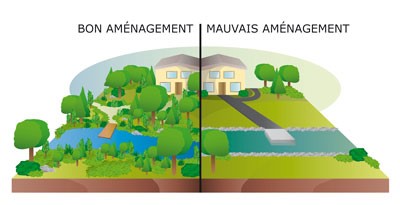
The impacts of non-native invasive species
A lot of these species can have negative effects on water quality and local species, knowing how to identify them and the potential threat they can represent is very important to protect our waterways.
The Exotic Common Reed: This plant is often found along the edges of ponds, bays or ditches. It can quickly invade an entire area, consuming water and nutrients. This can threaten other species and dry out small wetlands or waterways.
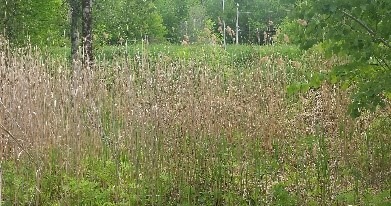
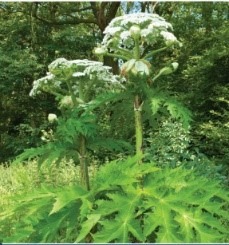
Giant Hogweed: this plant has a very toxic sap. Any exposure to the plant and UV rays (such as from the sun) can lead to severe skin lesions that can have medium-term repercussions. This effect also applies to animals and explains its dangerous status. It also propagates very quickly.
Japanese knotweed: this plant grows very fast and can invade environments, preventing local species from growing thanks to toxins. Its growth is so efficient that it can crack asphalt or even concrete by growing through it, causing considerable damage to structures.
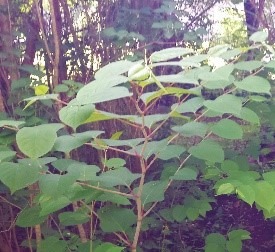
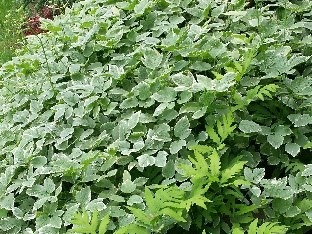
Goutweed: This pretty ground cover plant spreads surprisingly quickly and thrives in all types of environments. When planted, the margins are white, but this trait quickly fade when it grows invasive in shaded areas.
Eurasian Watermilfoil: This aquatic plant is very invasive and creates very dense colonies, becoming a problem for aquatic recreational activities such as swimming or fishing. Each cut piece can recreate a new plant, even far away. This makes boat passage risky and careful washing important.
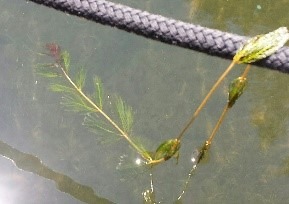
Cercaria: Cercariae are parasitic worms of waterfowl such as ducks and geese. When these birds excrete into the water, juvenile worms can complete their life cycle in aquatic snails and then return to infect birds. However, because they cannot see, they sometimes attach themselves to the skin of swimmers causing dermatitis. No adult worms can develop in humans, but the itching can be unpleasant. To reduce the risk, avoid feeding waterfowl and scrub your skin well after each swim.
Cyanobacteria, or green(-blue) algae: these unicellular algae photosynthesize in the water with the energy of the sun and the nutrients present. This is a problem because some species emit toxins (cyanotoxins) that can cause paralysis, cardiac arrhythmia or cyanosis, among other things. In addition, these algae suffocate the aquatic life below by consuming a lot of oxygen at the surface during the night. To learn more, consult the document “Cyanobacteries_Doc du MELCC” higher on this page.